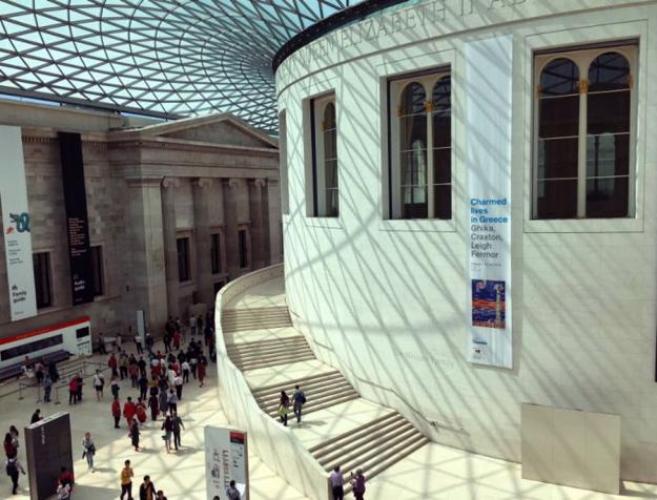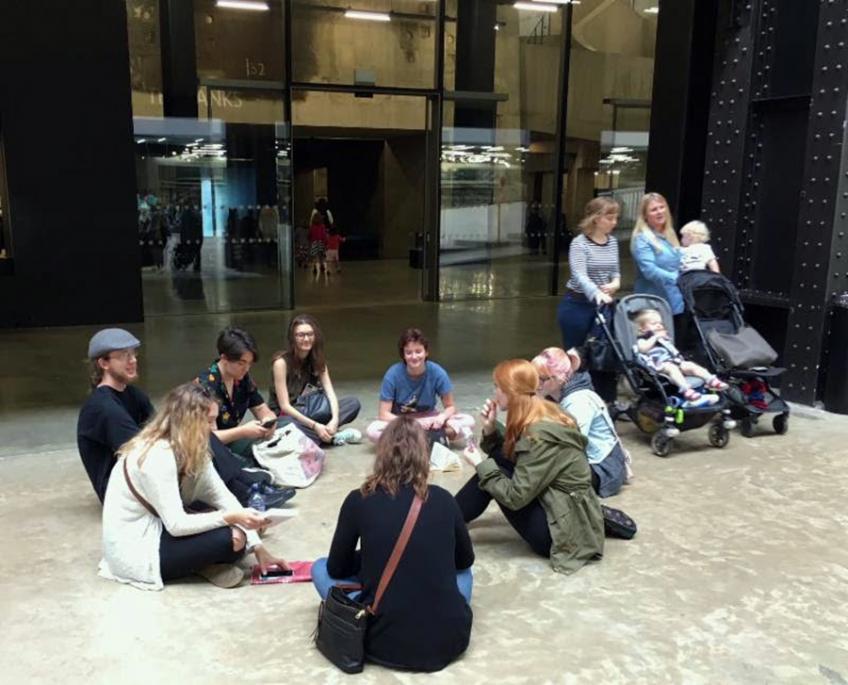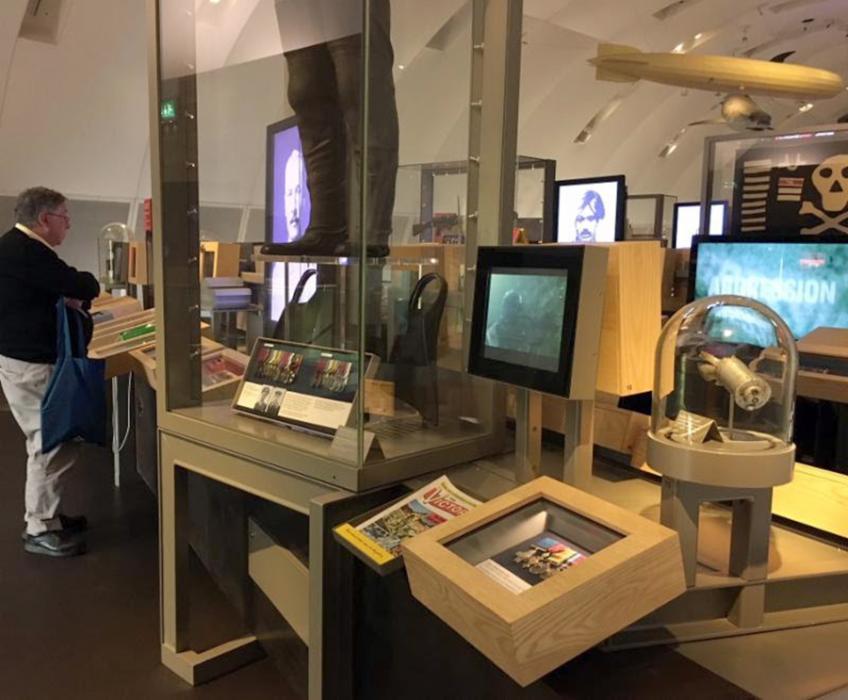
Experiences with London Study Abroad Program, Summer 2018

What was London like before London? How did the Rosetta Stone help unravel messages in ancient Egyptian hieroglyphics? How were teeth extracted 200 years ago? These were only a few of the topics visitors could explore at museums this summer in London, England. A group of Ohio University students did the same but they were on a different journey.
As part of Ohio University's 2018 Global Opportunities summer program, eight undergraduate students and one graduate student participated in the University's first museum studies class held in the United Kingdom. The course, Museum Foundations I, focused on exhibition development and design. It is one of two core courses students seeking a Certificate in Museum Studies must successfully complete.
London hosts a rich variety of world-class museums, which are celebrated for their outstanding collections and innovative advances in the museum field. The students, who represent disciplines across the Athens campus, were able to compare and evaluate numerous exhibitions at different types of museums. These included the British Museum, City of London Museum, Science Museum, Natural History Museum, Victoria and Albert (V&A) Museum, Imperial War Museum, Tate Modern, and the Wellcome Collection.

Each museum observes accepted practices in the field while approaching interpretation, design, and educational programming in ways consistent with their individual identity and mission. For example, the Imperial War and City of London Museums present historical events in chronological order in highly interactive environments where as the British Museum mostly presents material culture in fixed galleries supported by conventional interpretative statements.
Course content, in the form of readings, PowerPoints, and gallery discussions, emphasized different museum methods and techniques. Students worked in teams during each museum visit to learn about and demonstrate understanding of the visual principles, interpretative layering, interactives, gallery layout, graphics, and universal design.
Students came to realize that good story telling is the essences of a good exhibition. In the best case scenario, curators, designers, educators, and others work collaboratively to weave a compelling narrative. The story evolves from a "big idea" (the exhibition concept) which emerges from object-based and/or documented research. This is the dynamic formula museums apply regardless of discipline.

As a result of their experiences in London, the students will never again experience museum-going in quite the same way as the typical visitor. For example, when visiting exhibits like London Before London in the future, they will have a greater appreciation of the decision-making processes that provide visitors with meaningful experiences.
Three colleagues in the College of Fine Arts also taught courses during this London program: Associate Dean Dr. Joseph Lamb, who organized this study abroad program; Melissa Haviland, professor of art in the School of Art + Design, and David Colagiovanni, lecturer and director of Athens Center for Film and Video.
Ed Pauley is the director of the Kennedy Museum of Art at Ohio University.
Interested in participating in the summer 2019 study abroad program in the arts? Find out more information here.
